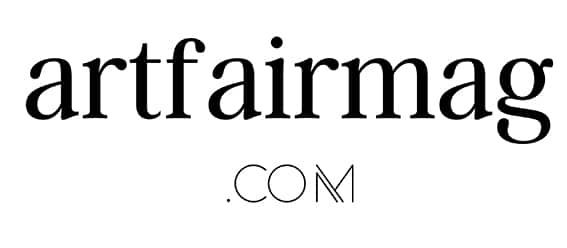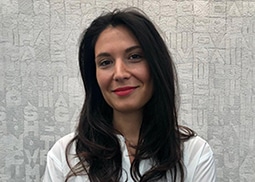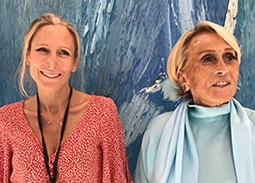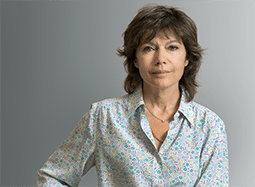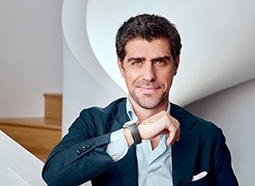Galerie Taménaga
It was in 1969 that Kiyoshi Taménaga, encouraged by his artist friends, opened an art gallery in his native country, in Tokyo, to present the tenors of the Ecole de Paris: Modigliani, Kisling, Soutine, Van Dongen… In 1971, he extanded his influence by opening a second gallery in the city of Osaka. The same year, he fulfilled his dream by opening his third gallery in Paris, in the prestigious Avenue Matignon. Today, several decades later, Galerie Taménaga has become an internationally renowned gallery. The opening in March 2021 of a fourth space in Kyoto demonstrates – if it were still necessary – the formidable success of this family business which has nevertheless managed to remain discreet.
Galerie Taménaga
It was in 1969 that Kiyoshi Taménaga, encouraged by his artist friends, opened an art gallery in his native country, in Tokyo, to present the tenors of the Ecole de Paris: Modigliani, Kisling, Soutine, Van Dongen… In 1971, he extanded his influence by opening a second gallery in the city of Osaka. The same year, he fulfilled his dream by opening his third gallery in Paris, in the prestigious Avenue Matignon. Today, several decades later, Galerie Taménaga has become an internationally renowned gallery. The opening in March 2021 of a fourth space in Kyoto demonstrates – if it were still necessary – the formidable success of this family business which has nevertheless managed to remain discreet.
Modern & Contemporary Art
7-5-4 Ginza
Chuo-Ku
Tokyo 104-0061, JAPAN
(03) 3573-5368
18 avenue Matignon
75008 Paris, FR
+33 (0)1 42 66 61 94
1-4-1 Shiromi, Chuo Ward
New Otani Hotel
Osaka, 540-8578, JAPAN
(06) 6949-3434
265-7 Kamihoritsumechō
Higashiyama Ward
Kyoto, 605-0991, JAPAN
075-532-3001
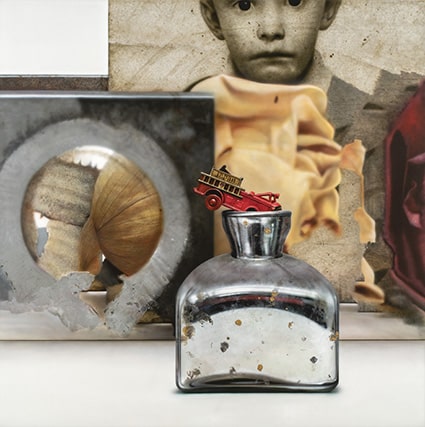
Cuentahilos II
Lorenzo FERNANDEZ (1970-/)
150 x 150 cm
Oil on pannel
All our Interviews

Read all our exclusive interviews with antique, modern, contemporary & primitive art dealers.

Interview with Tsugu Taménaga ~ Director
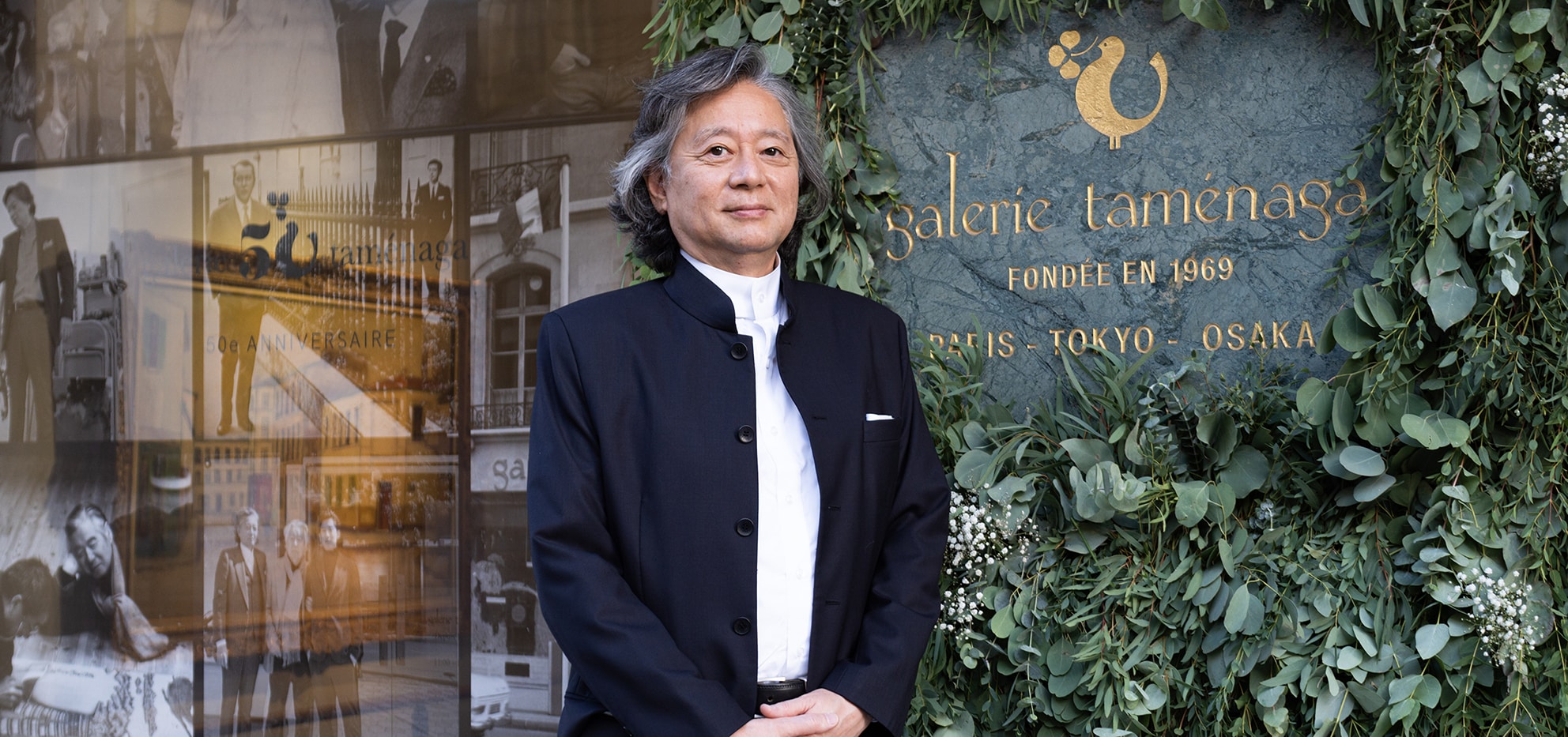
Portrait of Tsugu Taménaga, October 2021
Interview by Pauline Loeb-Obrenan, founder of artfairmag.
Few Parisian galleries can boast a half-century of existence. But Galerie Taménaga can. At its head is Tsugu Taménaga, son of Kiyoshi, founder of the art gallery. This discreet and professional man answered my questions about his background, the DNA of the gallery, his clients and his relationship to art fairs.
artfairmag: Tsugu Taménaga, you have been at the head of the gallery founded by your father Kiyoshi for more than 30 years. Can you tell us more about your background and how you got there?
Tsugu Taménaga: I was born in Japan and was raised in Tokyo until I was 12, and I remember various artworks always surrounded me because of my father’s business. My educational background was also quite international. At 12, I left Japan to study at Le Rosey, a Swiss private boarding school near Geneva, for a little more than three years. I continued my high school education at St. Paul’s School in New Hampshire in the United States. I then entered Northwestern University but eventually returned to Japan and graduated from Keio University in Tokyo. After working at the Industrial Bank of Japan for a few years, I decided to move to Paris and work in the fine arts business. I travelled everywhere during the first three years to visit museums, galleries, and artist’s studios. I leant the most form these experiences. Finally, it was natural for me to join my father’s gallery to help open up the business to more international activities.
artfairmag: Galerie Taménaga made a name for itself in the 1970-80 through great Impressionists and Modern Masters, such as Cézanne, Renoir, Redon, Van Dongen, Dufy, Picasso or Chagall, and through the Ecole de Paris artists. But beyond promoting established Western artists, it wanted to discover and promote contemporary artists like Paul Aïzpiri, Guy Bardone, André Cottavoz, and Claude Weisbuch. Today, how do you combine these two facets? Is there one that has become more important than the other?
T. T.: My father thought it was essential to introduce artists from École de Paris to the Japanese public because there was a lack of occasion to see the real European masterpieces in Japan back then. However, he was more interested in discovering and promoting contemporary artists. I feel the same way that I enjoy finding new talents and introducing and showing their works to the world. However, since we have been in the business for a half-century, we have good access to the Modern Masters’ collection, and we believe that works from such a collection are an absolute treasure. That is why I still handle modern artworks and not just contemporary pieces at the gallery. For me, whether they are old or new, the artistic quality of the work does not change depending on their age.
artfairmag: Last October 2021, you celebrated through an important retrospective the 50th anniversary of the Parisian gallery. What would you say are the main changes that the Taménaga Gallery has undergone over the past half century?
T. T.: I believe the most significant changes have been the diversity in artists. For the first 25 years, we were exhibiting mainly the French artists in the gallery. However, for the last 25 years, we have been representing more international artists, including American, Spanish, Chinese and many Japanese.
“For me, whether they are old or new, the artistic quality of the work does not change depending on their age.”
artfairmag: Galerie Taménaga has three spaces in Japan and one in France. I presume your collectors are very different between the two countries: international in France and more local in Japan. Do you have to adapt to both profiles? If so, is it more in the way you sell or in the artworks you present?
T. T.: In general, there is not much difference in our way of presenting our Paris and Japanese galleries. Nevertheless, the Paris gallery mainly covers French and other Europeans, Americans, Middle Eastern, and other clients, whereas the Japanese galleries cover Japanese and clients from other Asian countries. However, if I show a ‘good painting’, people should see the quality behind the artwork whether you are a European, an American, or a Japanese. The concept of fine art does not have a language barrier, so I believe that theoretically, everyone in the world can appreciate the same masterpieces.
artfairmag: Galerie Taménaga truly is a family business. You took over operations after your father and recently, your son Kiyomaru joined the adventure by taking the head of the Parisian gallery. How did you feel about this handover of power? Is this inter-generational sharing of views the secret of the gallery’s success and longevity?
T. T.: I took over the Paris gallery in my early 30s. Kiyomaru has a much more artistic educational background than me, including his recent master’s level studies at the Courtauld Institute of Art. Therefore, whenever he feels comfortable managing the gallery, I am ready to leave the front line. However, I believe that there are a few basic principles significant to managing our gallery. Such principles include: • always have great passions for the artists • lookout for new talents, and if you find them, never forget to believe in them • do not get involved in the speculative ‘art money games’ • ignore and do not bother following the so-called ‘art trends.’ I believe that this is our shared view and secret that I hope my son can follow. Then, I will be happy to hand my current position over to him and concentrate on our newly opened gallery in Kyoto.
artfairmag: Before the health crisis, Galerie Taménaga used to participate in qualitative regional art fairs – such as Art Paris, BRAFA or Fine Arts Paris – instead of blue-chip fairs like TEFAF or FIAC. Now that the in person art world slowly reopens, will you continue with this strategy? Can you tell us why?
T. T.: Fortunately, we have galleries in premium locations both in France and in Japan. For that reason, people can easily find us and most of our business takes place in the gallery and not at the art fairs. That is one reason why we are not too dependent on the fairs. However, the art fairs indeed have a different public than those who visit us in the gallery, with whom we are always very interested and excited in interacting. Therefore, if we have the opportunity, we hope to continue participating in different art fairs. Not only that, we are always looking to discover new platforms and fairs as well.
artfairmag: Finally, could you present to us an artwork you like that is special to you?
T. T.: Next year, we are organizing two solo exhibitions: Takehiko Sugawara, a Japanese artist, and Lorenzo Fernandez, a Spanish artist. Both artists are very different, as you can see, but we have been working with them for a long time. In each exhibition, we can always see a revolution within their works. Nevertheless, at the same time, a particular element of tradition remains as well. Genuinely, I can stay in front of their pieces staring at them for hours. I highly recommend you to come and look at their works in real life.
More Interviews
Tornabuoni Art
Created in 1981 by Roberto Casamonti, Tornabuoni Art has established itself as a leading gallery for Post-War Italian art, with artists as Burri, Fontana, Castellani and Boetti.
Galerie Berès
Founded more than 60 years ago, Galerie Berès focuses since the beginning on French painting of the avant-garde movements in 19th and 20th centuries, and on Japanese art.
Nathalie Obadia
With two major spaces in the heart of Paris and another in Brussels, Nathalie Obadia is committed to promote young talent alongside established artists.
Colnaghi
Created in 1783, Colnaghi is one of the oldest galleries. Specialised in the European Old Master paintings and sculptures, it is co-directed since 2015 by Jorge Coll.
